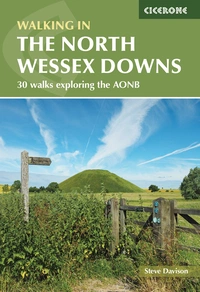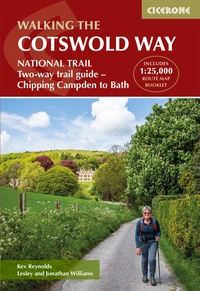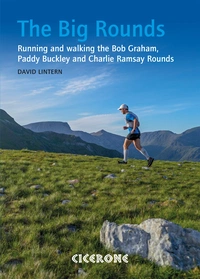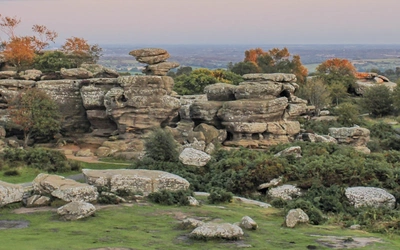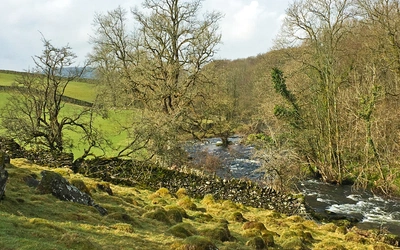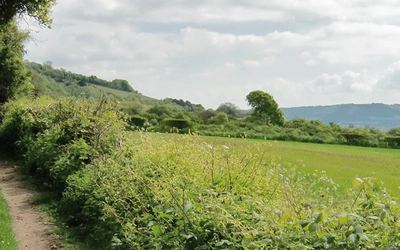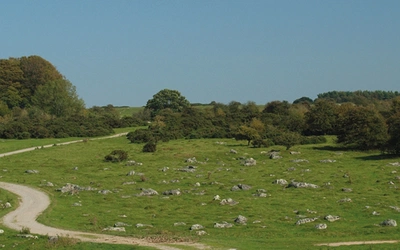The Kennet and Avon Canal: essential facts and top tips
Have you ever wanted to walk the Kennet and Avon Canal? Here's a very quick introduction to this fascinating long distance walk.

| What? | Long distance canal walk along the Kennet and Avon Canal. |
| Where? | Southern England |
| Start point? | Reading |
| End point? | Bristol |
| How long is the route? | 94 miles (152km) |
| How long to complete? | A week |
| How many stages are there? | 7 stages of fairly easy, level walking, of between 9.5 and 18.5 miles, with advice on splitting or shortening the stages if needed. |
| How hard is the route? | Largely easy on good paths and tracks. |
| What accommodation is available? | There are plenty of options along this route so you can choose from camping, hostels or hotels according to your budget. |
| Best time of year to walk it? | It is a UK walk so bear in mind that the weather can be changeable at any time of the year! Having said that, the spring and autumn probably provide the best combination of warm dry weather and plenty of daylight. This walk is perfectly suitably at any time of the year but the towpaths along a canal can get very muddy after prolonged periods of rain. |
| What's the history of the canal? | At over 200 years old the Kennet and Avon Canal has been through a mighty journey of its own. It may not seem like it now but at the height of ‘canal mania’ this canal was an incredibly important trade route. After being superseded by the faster railways, the canals across much of the U.K. were neglected. In recent years these antique trade routes have been restored and enjoyed by pleasure boaters, cyclists, runners and, of course, walkers. |
| Route highlights? | The Bruce Tunnel would be pretty cool to walk through but sadly there is no towpath here and the route is diverted above the canal. However, there is the chance to see the original Wolf Hall (sort of), the Alton Barnes White Horse, the glorious gothic Bath Abbey, Reading Gaol, the magnificent Caen Hill Locks and the oldest working beam engine in the world - surely something for everyone. |
| Don't fancy the full walk? | Steve Davison’s guidebook also covers 20 day walks around the area. |
More Information on the Kennet and Avon Canal:
The Kennet and Avon Canal Trust
The Kennet and Avon Canal guidebook by Steve Davison

